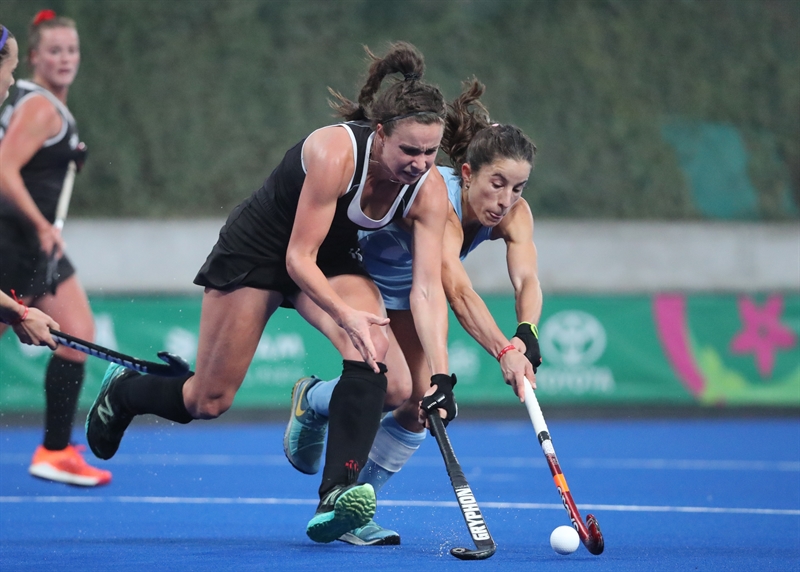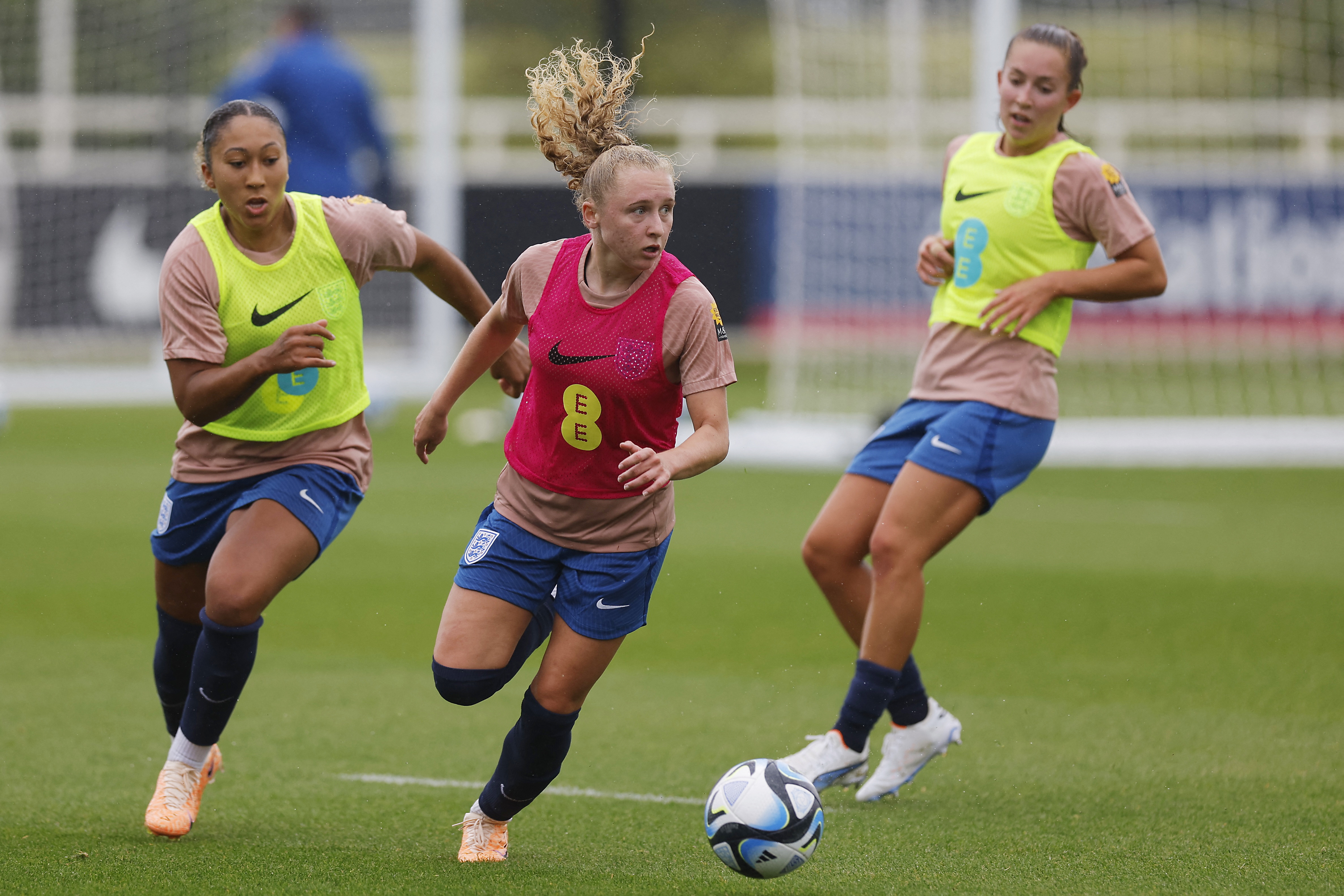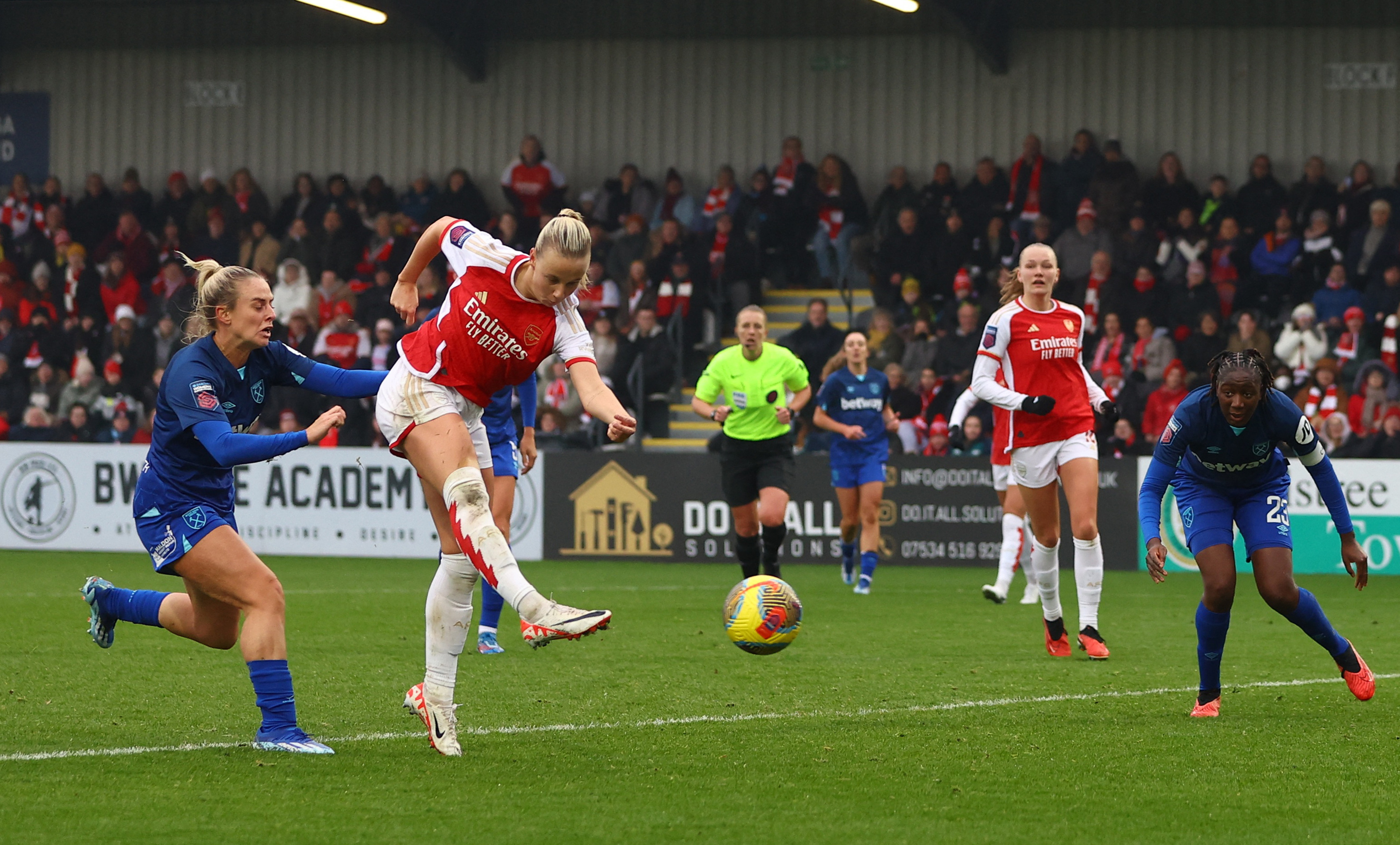You are viewing 1 of your 1 free articles
On the basis of sex: gender differences in head stabilization strategies and concussion risk

The passing of Ruth Bader Ginsberg this past week highlights the progress made in the area of sexual equality. While much work remains, female athletes continue to demonstrate ability and prowess on the field. As such, they are susceptible to the same sports injuries as men, sometimes more so.
Of all sports injuries, a concussion is perhaps the most concerning and perplexing. Difficult to define, diagnose, and track, concussions occur in every age group and nearly every sport(1). Most consider it a major health concern, especially among athletes(2). One puzzling aspect of concussion, however, is that it occurs nearly twice as often in women than in men(2). Researchers at the University of Michigan wondered if sex influenced the cervical musculoskeletal and neuromuscular responses to impulsive loading of the head and the associated kinematic response. They also asked what role anticipation and preload played in head movement during an impact.
The researchers recruited 34 (20 men and 14 women) recreationally active adults and measured the following in each individual:
- Neck girth
- Cross-sectional area of the right sternocleidomastoid
- Maximum voluntary isometric contraction in cervical flexion
- EMG response to head perturbation
- 3-D motion analysis using retroreflective markers on bony landmarks
The study protocol required the subjects to wear a custom headgear with a force transducer on the back. The contraption consisted of a close-fitting ‘hat’ with a chin strap. The researchers attached a cable to the back of the ‘hat’ which fed through a pulley. They then fixed a weight equaling 3% of the subject’s body weight to the cable’s end. The motion analysis and EMG measurements were taken once the weight was dropped to measure cervical muscle function and head stability.
The participants were blindfolded and wore earplugs under four different test conditions:
- Knowing the drop would occur within 10 seconds using a countdown (anticipatory).
- Knowing the drop would occur within 10 seconds but with a small weight (.91kg) already attached to the cable to preload the muscles.
- Randomized drop of the weight within a 30-second window (unanticipated).
- Unanticipated drop of the weight with preload.
Findings
As one might assume, the men’s neck circumference was larger than the women’s. Thus, the men demonstrated greater isometric strength in cervical flexion. The women, however, showed greater neuromuscular activation, likely to compensate for the smaller muscle area. In other words, they had more effective muscle recruitment to offset the perturbation, despite having less absolute strength. The women demonstrated this difference under every test condition.All other variables, such as the timing of the contraction and head movement were similar between the genders. The authors suggest that because the women contracted their muscles so much more forcefully than the men, their cervical muscles may fatigue more quickly. In fact, female hockey players seem to have an increased risk of concussion when tired(2). The incidence of concussion in this population increases right before intermission, when the players are fatigued and ready for a rest.
This study examined the effects of involuntary movement under four conditions: anticipated, unanticipated, loaded, and unloaded. All movements occured from one direction with subjects seated and stable. While informative, this design doesn’t replicate sporting conditions with movement direction, speed, and varying impact angles. It does, however, support other findings that anticipatory loading before impact may increase head stability. There were no between-gender differences in this aspect.
Practical applications
Women are twice as likely to suffer a concussion as men. Because their cervical muscles are weaker, they rely more heavily on neuromuscular recruitment to offset impact forces. Because of this, they are more susceptible to fatigue in these muscles. Therefore, cervical strengthening should be an integral part of a female athlete’s training program in sports with a high concussion rate. Since athletes who suffer one concussion are more suspectable to another, include cervical strengthening in concussion recovery programs.References
- 2019 Nov.49(11):768-78
- 2019 Nov.49(11):779-86
Newsletter Sign Up
Subscriber Testimonials
Dr. Alexandra Fandetti-Robin, Back & Body Chiropractic
Elspeth Cowell MSCh DpodM SRCh HCPC reg
William Hunter, Nuffield Health
Newsletter Sign Up
Coaches Testimonials
Dr. Alexandra Fandetti-Robin, Back & Body Chiropractic
Elspeth Cowell MSCh DpodM SRCh HCPC reg
William Hunter, Nuffield Health
Be at the leading edge of sports injury management
Our international team of qualified experts (see above) spend hours poring over scores of technical journals and medical papers that even the most interested professionals don't have time to read.
For 17 years, we've helped hard-working physiotherapists and sports professionals like you, overwhelmed by the vast amount of new research, bring science to their treatment. Sports Injury Bulletin is the ideal resource for practitioners too busy to cull through all the monthly journals to find meaningful and applicable studies.
*includes 3 coaching manuals
Get Inspired
All the latest techniques and approaches
Sports Injury Bulletin brings together a worldwide panel of experts – including physiotherapists, doctors, researchers and sports scientists. Together we deliver everything you need to help your clients avoid – or recover as quickly as possible from – injuries.
We strip away the scientific jargon and deliver you easy-to-follow training exercises, nutrition tips, psychological strategies and recovery programmes and exercises in plain English.










